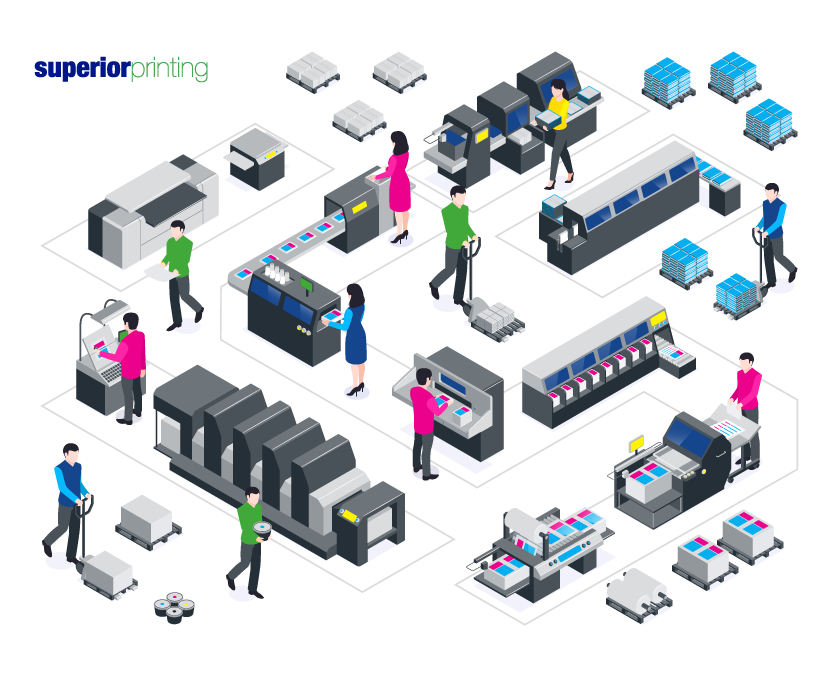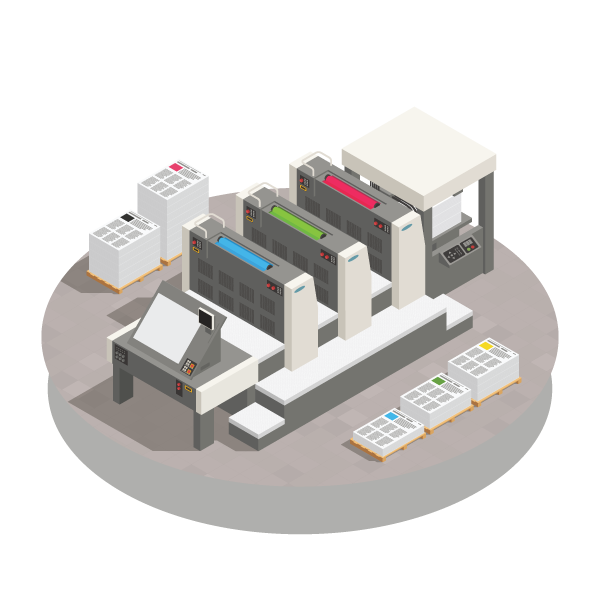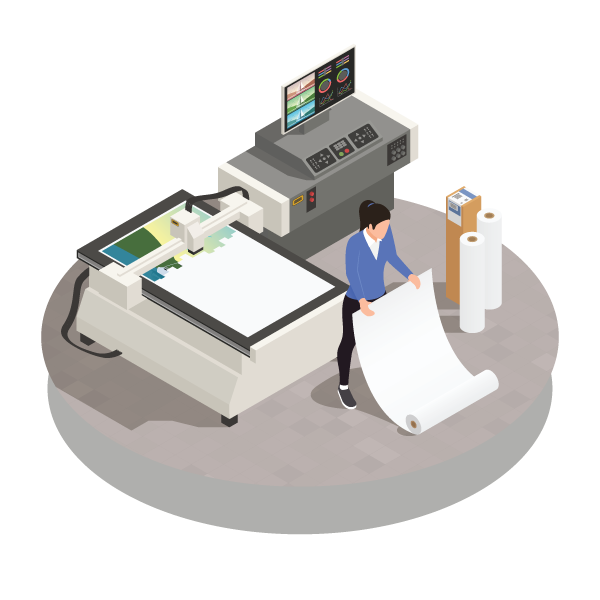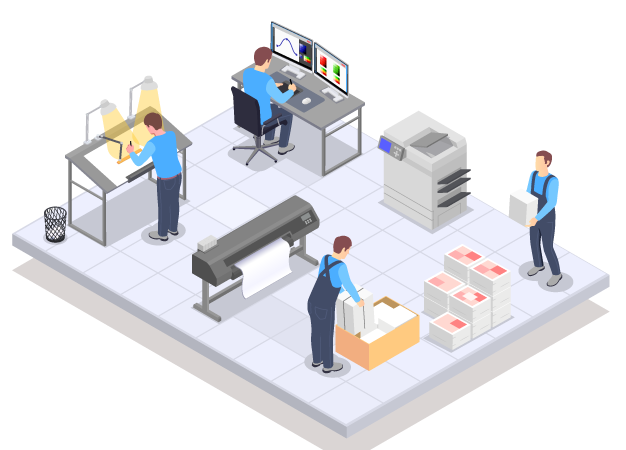BUSINESS PRINTING SHOULDN'T BE DIFFICULT.
Affordable Printing Delivered To Your Door.
Simple.
It’s never been more critical for your company to have a competitive advantage. More new businesses started during the pandemic than ever before.
That's why standing out in a crowded space is vital. We can help.

WHAT WE DO
Ink In Our Veins.
It’s more than just ink on paper to us. Technology may have evolved, and quality of printed product is better than ever but, we believe quality goes further than just one element. It's a combination of experience, equipment, guidance and expertise.
Commercial Printing is our core business and Superior Printing Centre has been delivering quality design and printing services in Canada, helping our clients grow since 1989. With capabilities including Offset, Digital & Large-Format, we handle most paper-based substrates and welcome small to large volume projects.
Whether you're printing books, magazines, brochures, catalogues, school yearbooks, letterbox campaigns, flyers, stationery or other print collateral, our team are proud to provide service and quality that exceeds expectations.

Offset Printing
Oustanding results with vivid colour, detail and vibrancy
Offset printing is best suited to larger print runs. Depending on the size, a general rule of thumb is quantities over 5000 units for all envelopes & flat printed products.

Digital Printing
Offset quality, rapid turnaroud printing for shorter run projects.
Superior Printing has a complete digital department, allowing us to cater for smaller volumes, at affordable prices without compromising on quality.

Large Format & Signs
From window graphics, to high-quality posters, & even signs.
Our large format printing is great for producing wholesale signs, banners, wall decals, and more. Start maximizing your brand identity today with large format.
ABOUT US
You're In Good Hands.
Printing has come a long way since the Gutenberg press. Superior Printing Centre is dedicated to staying at the foreground of new print technology, continually keeping up-to-date with the latest printing innovations.
With such a diverse range of customers, we provide commercial and business printing services for a range of objectives, deadlines, and budgets.
Whether your business requires straight forward, complex or large-scale business printing, our commercial printing services and expert team can accommodate a broad spectrum of requests.


High-quality printing delivered to your door. For businesses with better things to do than worry about the logistics.
Contact
© 2022 Whiterock | Reid Inc. All Rights Reserved.